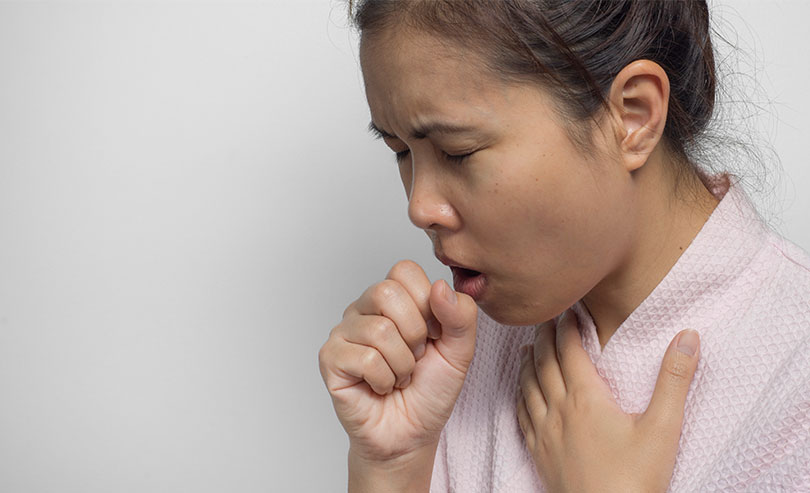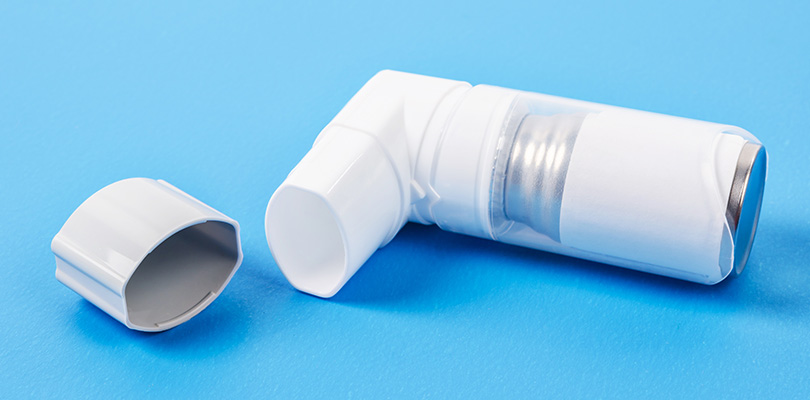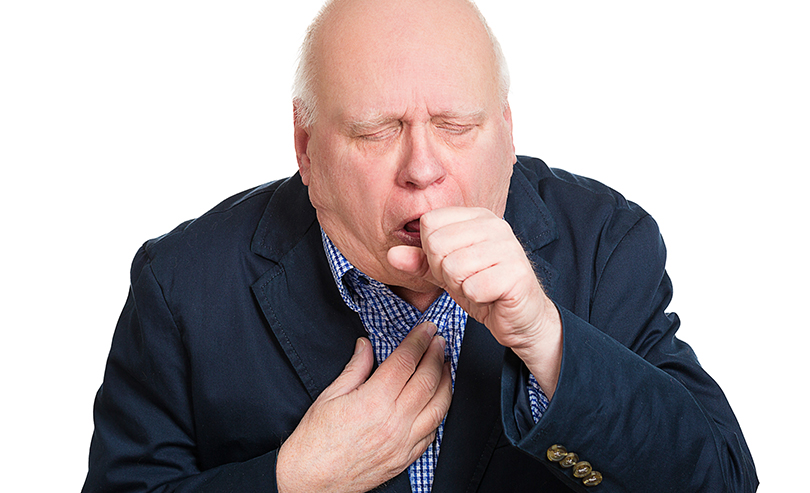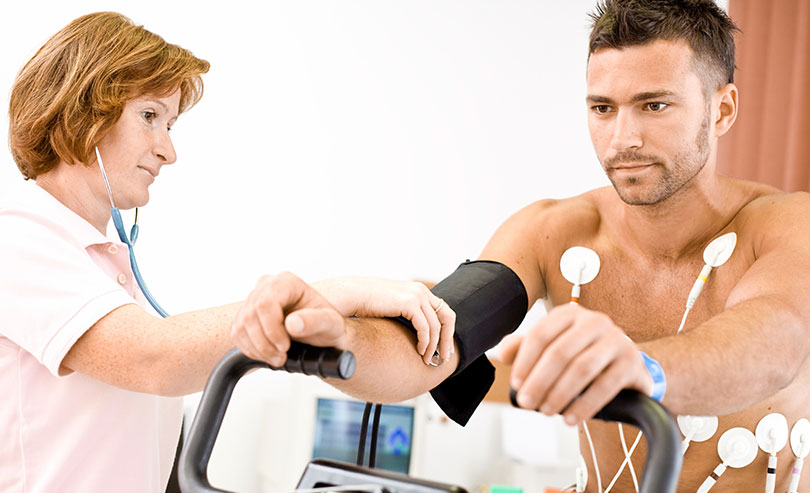Photo Credit: bert_phantana / istockphoto.com
What to Do During an Asthma Attack
If you or a loved one suffers from asthma, it is essential that you take steps to prevent asthma attacks from occurring. It is also important that you know how to handle asthma attacks and when to seek professional help.
Work with your health care provider to create a specific plan and keep a written copy in a readily accessible place, such as on your refrigerator door. Make sure that other family members know what to do if you have an asthma attack and keep emergency telephone numbers in an easily location place.
Ask your health care provider for assistance identifying symptoms and evaluating the severity of your asthma attacks so you can take the necessary steps, and be sure you know how to reach emergency services.
If you have difficulty breathing and are unsure if you should obtain medical assistance, err on the side of caution and seek help immediately.
Here are some general guidelines for managing asthma attacks. Regardless of what stage of difficulty that you are experiencing, try to remain calm as that will make your breathing easier. Exhale slowly while keeping your lips pursed.
Measure your Peak Airflow Every Day
It is important that you use your peak flow meter at least once daily. You need to determine what your best peak flow meter reading is so that you can use it to evaluate for breathing problems in the future.
You may not be aware of changes in your breathing initially. This is especially likely to occur if you have severe asthma or have had it for a long time. Measuring your peak airflow daily can provide you with information about subtle changes in your breathing. By knowing about changes early, you may be able to take steps to prevent an asthma attack from occurring.
A peak flow reading between 80-100% of your best number is desirable. If you have a peak flow meter reading between 50-80% of your best number, you need to take steps to improve your breathing.
Recognizing Mild to Moderate Symptoms
If you have a peak flow meter reading between 50-80%, it is likely that you’ll be coughing, wheezing, or experiencing chest tightness. You may have mild to moderate difficulty catching your breath. You are able to talk, however you may feel some anxiety if you try to walk or engage in other physical activities. If it is nighttime, you are kept awake due to your symptoms. Your lips and nailbeds are pink.
Adult-onset ashtma develops in adulthood rather than childhood. While causes may be similar, there are some ways symptoms may differ.
Managing Mild to Moderate Symptoms
Continue to take your daily medications and treatments. As soon as you experience symptoms, take your emergency breathing medicine using your inhaler or nebulizer. After 20 minutes, revaluate how you feel. Measure your peak flow. If it is between 80%-100% of your best numbers and your symptoms have resolved, you do not need to take further steps.
However, if your peak flow is less than 80% of your best and/or if your symptoms do not improve, repeat your emergency medication. Wait 20 minutes and revaluate how you feel and what your peak flow is. You may repeat these steps up to three times if needed.
Look at your asthma attack management plan. Your health care provider has likely ordered a corticosteroid medication for you to take if your symptoms are not relieved within a few hours.
If your symptoms worsen at any point, immediately initiate the steps needed to treat severe or very severe asthma attack symptoms.
Recognizing a Severe Asthma Attack
Your symptoms of coughing, wheezing and chest tightness are continuous. You are very short of breath. Your anxiety level is increasing. You can only speak in short sentences. Your lips and nailbeds are pink. Your peak air flow is less than 50% of your best readings. You need to take immediate steps to halt the asthma attack.
Managing a Severe Asthma Attack
It is essential that you take action immediately. Check your asthma treatment plan. Take your emergency inhaler or nebulizer treatment. Recheck your peak flow and evaluate your symptoms after ten minutes. Take your corticosteroid if instructed to on your treatment plan. Repeat these steps up to two times within one hour. If you do not have a corticosteroid or if your symptoms do not improve within one hour call your health care provider. If your symptoms worsen at any point, call 911 immediately.
When to Call for Emergency Assistance
Your coughing and wheezing are severe. You may have to bend slightly forward while sitting in order to get air. Your ribs and chest heave in and out with every breath. Speaking may be limited to phrases, or you may not be able to speak. Your lips and nailbeds are blue or grey. You may feel very frightened.
If you have a nebulizer for your emergency breathing treatment administration, use it continuously until help arrives. If you use an emergency inhaler, immediately take six puffs of the medication. Take 40 milligrams of prednisone.
Final Thoughts
The guidelines provided above are for general use. It is essential that you have an individualized plan created by you and your health care provider to meet your individual needs. Follow the instructions customized just for you. If your symptoms are serious or do not resolve rapidly, call 911 immediately.







